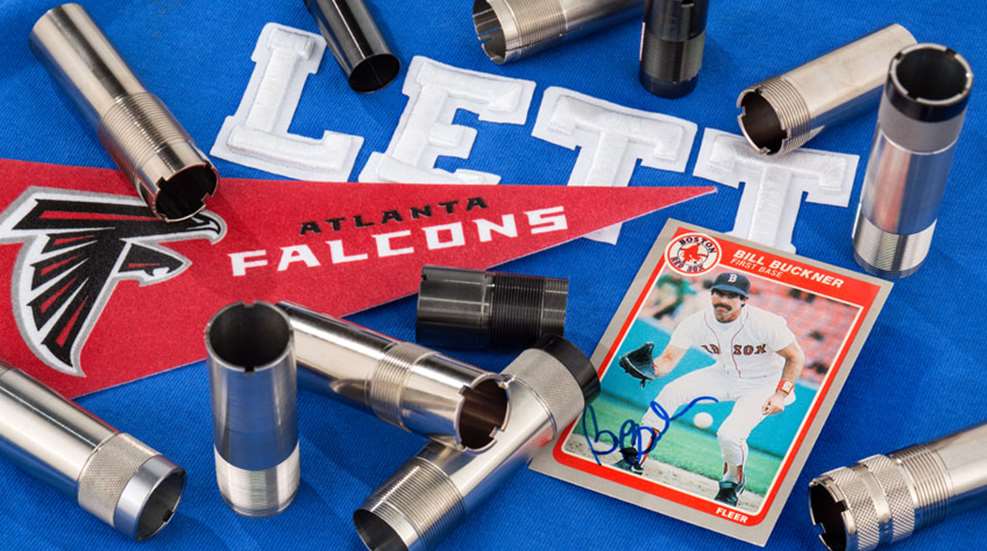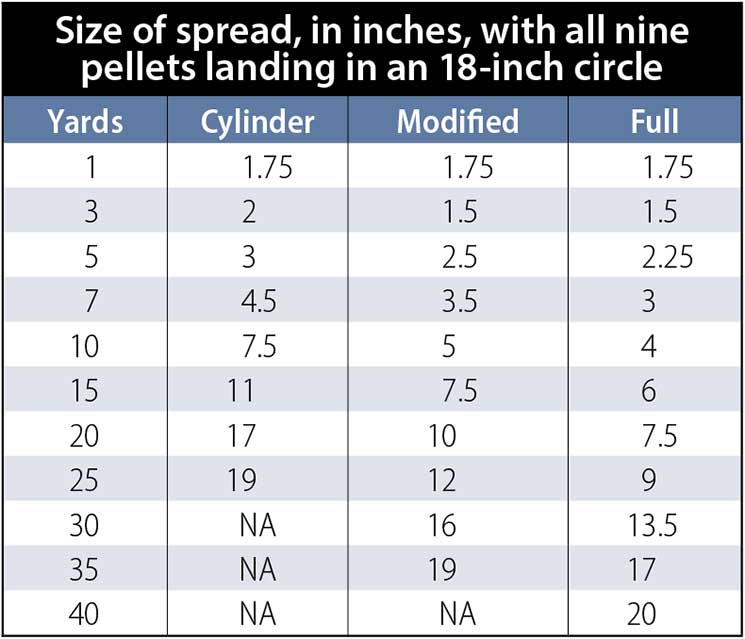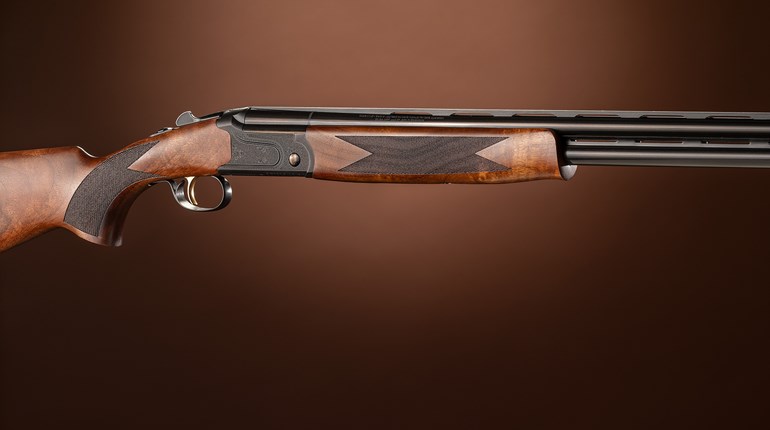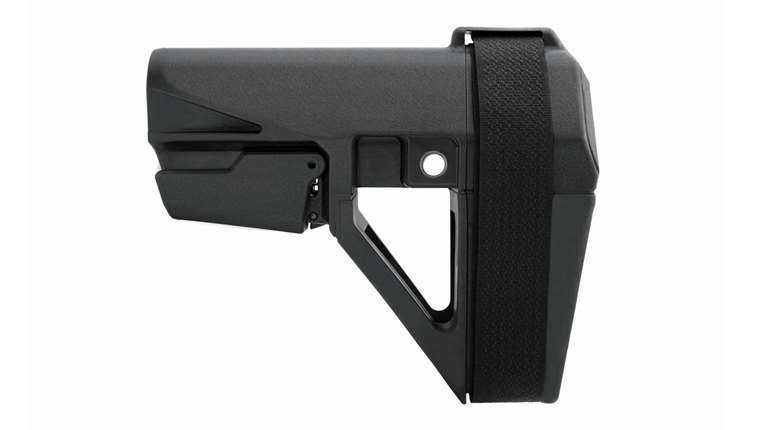
This article, "Good Defensive Chokes?," appeared originally as a Shotguns column in the June 2017 issue of Shooting Illustrated. To subscribe to the magazine, visit the NRA membership page here and select Shooting Illustrated as your member magazine.
“Thou shalt not think about using anything but cylinder bore,” reads the Third Commandment of defensive shotgunning when it comes to the use of shotgun chokes. Or it might as well. Despite limitless combinations of barrel length, gauges, loads and shot sizes that change the dynamics of shotgun performance depending on specific needs, the entire tactical world seems to believe there’s only useful choke, and that’s none at all.
Cylinder is commonly defined as a shotgun bore’s full diameter, unrestricted. In the case of a 12 gauge, that’s .729-inch. But brands vary, and the English guys who invented shotguns were smart. They judged chokes not as internal barrel measurements, but in terms of performance. Technically, a cylinder bore will put 40 percent of its pattern in a 30-inch circle at 40 yards. On the opposite end, full choke—what’s typically measured at .690-inch—is supposed to throw 75 percent of its pattern within a 30-inch circle at 40 yards. If it doesn’t do that, then it’s not actually full choke regardless of what’s stamped on the barrel.
But here at Shooting Illustrated, we don’t have much use for 30-inch targets when the vital area of a bad guy’s torso is closer to 18. The Cylinder-bore shotgun choke is so popular because it allows the most spread at short distances where home defense is most likely to occur. And without a spreading pattern, a shotgun’s just a short-range, heavy-recoiling rifle that’s difficult to reload, right?
After testing many shotgun chokes, however, one thing is evident: The shorter the range, the less difference there is between various chokes. Sporting-clays shooters know that the more open the spread, the easier birds are to hit, but only to a certain distance. After that, a spread that’s too open becomes worthless. That’s why clays shooters, who never know the range to the next target, typically shoot improved-modified choke. They are skilled enough that choke doesn’t matter on close birds, but the heavy constriction allows them to crush birds that they couldn’t with more open chokes. Are tactical guys blindly choosing cylinder chokes just because?
I want to know the trade-off: How many inches of spread will I gain at short range by using cylinder bore versus how many yards I’ll lose on the long end? As always, to find this you should pattern your gun and load with different shotgun chokes,because it will likely be different from mine. (In fact, my Benelli Super Black Eagle using its factory cylinder choke tube and Winchester 2¾-inch 00 buckshot recorded patterns smaller than the 1-inch per 1-yard rule of thumb. Nonetheless, here’s what I found:
So, for my shotgun with its choke system and load (I strongly encourage you to test your own setup so you can have accurate data on which to base your own life choices), I gain a maximum of 3.5 inches inside 10 yards with the cylinder bore versus full choke. But somewhere around 22 yards, the cylinder pattern spreads to more than 18 inches, and, as I noticed, gets very unpredictable. Sometimes I’d have seven of nine pellets in the 18-inch kill zone, while other times there would only be five. Flyers were crazy.
With the full choke, my gun displayed deadly patterns that placed all pellets within the 18 inch kill zone out to about 37 yards; as such it allows me 15 more yards of predictable patterns than the cylinder bore. It turns what is essentially a 22-yard gun into a 40-yard gun.

Modified shotgun chokes split the difference. It delivered all nine pellets in the kill zone out to about 34 yards. On the short end, however, the pattern was at most 2.5 inches smaller at 10 yards, and only an inch smaller at 7 yards.
So, now I must decide on these shotgun chokes. Do I think an extra 1 to 2.5 inches of pattern spread inside 10 yards is worth losing 10 to 15 inches at longer range? Most people, in most home environments, would say yes, because they have no intention of using the gun outside or at distance past 10 yards.
Personally, however, I live in the country, and the chance of having to shoot a rabid skunk—or an attacker, should the attack go outside—exists. And, like clays shooters, I feel like I can hit a man-size target at 10 yards and closer, regardless of shotgun chokes. Furthermore, I hate feeling like I lose control of my pattern past 20 yards—where if I shoot at 40 it almost becomes a liability due to flyers.
Sure, if the fight goes outside, I can always use slugs—or a rifle. That’s true, and there are many more arguments and variables to consider that are beyond the scope of this article. The point is: The shotgun is the most-versatile weapon available to civilians. Don’t limit its usefulness by blindly following common dogma. Pattern your scattergun with various types of ammunition and shotgun chokes before deciding what’s best for you.





































